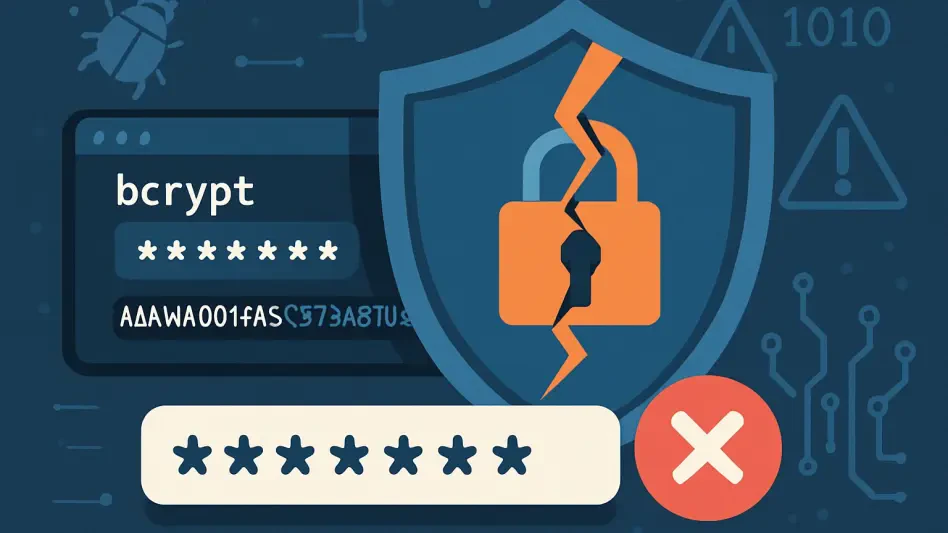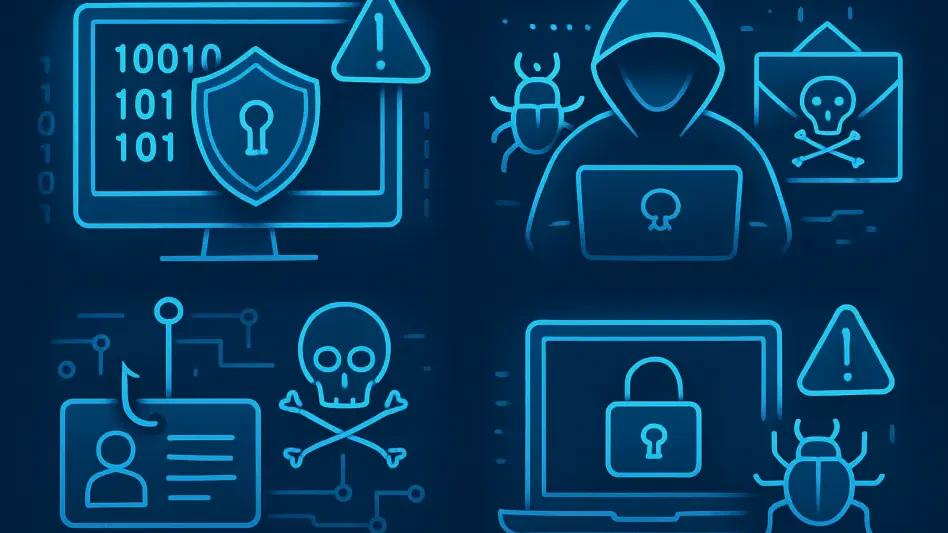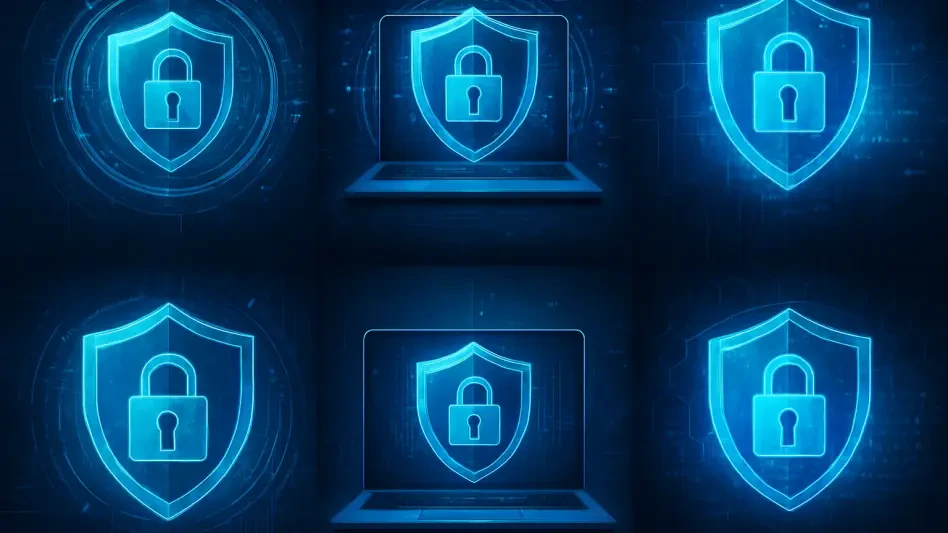In an era where cyber threats loom large and evolve with daunting complexity, cybersecurity management requires tools and strategies that anticipate and mitigate risks with precision and speed. Among the critical advancements in this field is the integration of source visibility within vulnerability management frameworks, particularly reflected in Qualys VMDR’s Vulnerability Detection Sources feature. Source visibility transforms the traditional remediation approach, helping organizations identify, understand, and prioritize vulnerabilities based not just on presence but also on origin and context, thus enabling more effective security control implementation.
The Importance of Knowing Vulnerability Sources
Understanding the Origin Context
Understanding where vulnerabilities originate is a vital aspect of security management that has gained traction in the cybersecurity landscape. Knowing the exact source—whether from cloud-based agents or external scans—provides insights that are often overlooked. This visibility empowers security teams to understand the environment surrounding a vulnerability, its potential risks, and its implications for organizational security. By identifying the origins, security professionals can align their remediation efforts with a more strategic focus, prioritizing threats that pose the most significant risks, particularly those exposed to external access.
Organizations that lack this visibility often engage in scattershot remediation strategies, investing resources haphazardly across vulnerabilities that may not pose immediate or critical threats. The ability to pinpoint the source of a vulnerability is transformative, allowing teams to concentrate their efforts more effectively. They can address the most pressing threats first, thus efficiently utilizing time and resources, crucial in today’s fast-paced digital environments. Moreover, by understanding the detection source, organizations gain a comprehensive picture of their threat landscape, making it easier to prevent future security breaches.
Enhancing Risk Prioritization Strategies
Equipped with source visibility, organizations are better positioned to enhance their risk prioritization strategies. Integration with sophisticated scoring systems such as the TruRisk™ Score enables a dynamic assessment of threat levels associated with specific vulnerabilities. Vulnerabilities detected on assets exposed to the public internet naturally carry a higher risk due to their susceptibility to external attacks. Within the VMDR framework, such vulnerabilities automatically receive an increased TruRisk™ Score by a notable percentage, highlighting the immediacy of the required response.
This integration aids security teams in concentrating remediation efforts on threats that could have widespread implications if left unaddressed. By effectively prioritizing these threats, organizations can focus on protecting critical infrastructure and data, significantly minimizing the potential impact of cyber intrusions. It shifts the security focus to a proactive stance rather than a reactive one, fostering an environment where risks are continuously assessed and managed based on real-time data and evolving threat characteristics.
Streamlining Security Operations with Advanced Features
Leveraging Tools for Better Visibility
As the digital landscape becomes increasingly intricate, organizations face the challenge of managing a sea of vulnerabilities efficiently. Advanced features in the Vulnerability Detection Sources enable precise insights into an organization’s security posture. One such feature is the “Sources” column found within the vulnerability assessment pages, which allows security teams to group vulnerabilities by their detection source. By sorting and categorizing vulnerabilities in this manner, stakeholders can gain a clearer understanding of potential weak points and target them accordingly.
Additionally, modern vulnerability management platforms incorporate advanced search tokens and filtering capabilities, offering granular control over data viewing options. These tools assist security teams in swiftly locating vulnerabilities based on specific criteria, further enhancing operational efficiency. The ability to filter through vast amounts of data rapidly ensures that critical vulnerabilities are identified and addressed promptly, ultimately reducing the risk of exposure to cyber threats.
Enhancements in Automated Reporting
Automated reporting features within the vulnerability management frameworks have elevated how organizations conduct threat analyses. By incorporating detection source information into reports and dashboards, stakeholders access an enriched dataset that provides actionable insights into security metrics. Integration with external tools and security solutions via API enables broader cross-system threat visibility and management. With these enhanced reporting capabilities, teams can visualize how different vulnerabilities intersect with existing security infrastructure and formulate more targeted mitigation strategies.
Comprehensive dashboards that encapsulate detection source details facilitate communication among stakeholders, promoting transparency and informed decision-making. By bridging information and visualizing data holistically, organizations ensure that their security operations are adaptable and responsive to emerging threats. Such advancements transform daily operational practices, creating an environment where potential risks are continually monitored, analyzed, and prioritized based on their significance and potential impact.
Industry Trends and Future Prospects
The Shift Toward Intelligence-Driven Cybersecurity
The cybersecurity landscape is rapidly evolving, and organizations are moving toward intelligence-driven strategies that prioritize automation and proactive risk management. Source visibility is part of a broader trend emphasizing intelligence-driven cybersecurity strategies, where simply detecting vulnerabilities is no longer sufficient. Instead, understanding context, origin, and threat level is imperative to develop effective responses. The inclusion of VSI in platforms like Qualys represents an industry-wide shift toward embracing smarter risk assessments.
With these advancements, organizations can adjust their security postures with agility, aligning resources and strategies to effectively combat new and emergent threats. The integration of TruRisk™ dynamic scoring reflects this shift, underlining the importance of real-time data in formulating and adapting to security strategies. By continually adjusting their methodologies, businesses can stay ahead of threat actors, ensuring that their systems are resilient against sophisticated attacks.
Expanding Precision in Cyber Defense
As organizations embrace these innovative technologies, there is a pronounced drive towards enhancing precision in cyber defense. Source visibility significantly contributes to this precision, allowing organizations to fine-tune their strategies based on real-world threat behaviors. Moving forward, the integration of such features is expected to be expanded further into compliance assessments and strategic risk interventions, creating a comprehensive approach to cybersecurity management.
Future cybersecurity applications will likely incorporate more advanced AI and machine learning algorithms, offering even greater insights into system vulnerabilities and potential threat actors. By leveraging these technologies, businesses can create a seamless security environment where preemptive measures are implemented efficiently, preventing risks from escalating into serious breaches. Organizations that invest in these technologies will be better positioned to protect their assets, streamline operations, and maintain customer trust in a constantly evolving digital climate.
Concluding Insights
In today’s world, where cyber threats are increasingly complex and pervasive, managing cybersecurity demands advanced tools and strategies designed to predict and swiftly address risks. A significant advancement in this realm is the integration of source visibility within vulnerability management systems, exemplified by Qualys VMDR’s Vulnerability Detection Sources feature. This approach shifts the traditional remediation methods by enabling organizations to pinpoint, comprehend, and prioritize vulnerabilities based not only on their existence but also considering their origin and context. This comprehensive understanding empowers more effective implementation of security controls. By focusing on the source and nature of vulnerabilities, organizations can strategically allocate resources, reducing potential damage and strengthening defenses against persistent and evolving cyber threats. A holistic view, enriched by source visibility, ensures a robust defense posture, offering clarity to navigate today’s cybersecurity landscape with confidence and precision.








